Mike Gordon has to be one of the most criminally underrated bass players in rock history.
His style is so enigmatic, and when you watch and listen to him play, it's undeniable that he has a tangible mastery of the instrument.
In this video, you're going to learn each of Mike's bass parts in one of my favorite phish songs, Tweezer.
We're going to take the fundamental slap bass techniques and rhythms that Mike uses, and build them into the parts that he actually plays in these songs.
There's a link to download the free tab below.
Grab your bass guitar, and let's dive in!
Full PDF of Mike Gordon's Part for Tweezer
- Desktop users: hover over the page with your mouse to reveal the up/down buttons
- Scroll to the bottom of the page and enter your email if you want the PDF sent directly to you!
Dimension 1

Let's start off with some basics, here's the fundamental rhythm that underlies the tweezer slap, which is what Mike is playing during the verse.
Let's kick off our metronome and give it a shot at 60 bpm, and before we slap this, let's pluck this rhythm.
When I learn slap bass lines, I alway learn how to pluck these lines “normally” before learning how to play them using a slap technique.
There are two huge benefits to this –
First, it will allow you to develop your fret hand muscle memory.
When you practice a line by plucking, your goal is to memorize what your fret hand is doing and play it until you don't have to think about your fret hand.
Then, when you learn how to slap the line, it becomes much easier since you can focus on what your attack hand is doing since your left hand is on autopilot.
Second, it will allow you to get more mileage out of practice time because you're practicing the same phrase with different techniques.
Now that we've plucked the first dimension, let's talk about slapping it.
For every lick in this video, we're going to slap any notes on the the E and A strings with our thumb, that's the “S” in the tab.
And we're going to pop any strings on the D and G string, that's the “P” in the tab.
This lick is already super funky and fun to play.
Even if Gordon stopped writing the lick right here, it would still sound badass.
In this lick, we start off with one of the most fundamental techniques in slap bass, which is the octave slap.
On a typical electric bass in standard tuning, it's really easy to find the note that's up an octave – you just go two strings down (towards the floor), and two strings over (towards the pickups) and you've found the same note, up an octave.
Dimension 2

Now we're starting to fill out the notes of the A minor pentatonic scale while getting closer to the full riff.
We're adding a pull off next to many of our notes while retaining the fundamental rhythm we talked about in the first dimension.
Mike typically doesn't let the open string notes ring out over each other.
Before we move onto the next section, we really want to make it a goal to lock in with the metronome.
Keep playing the lick until you don't have to think about it anymore.
Dimension 3
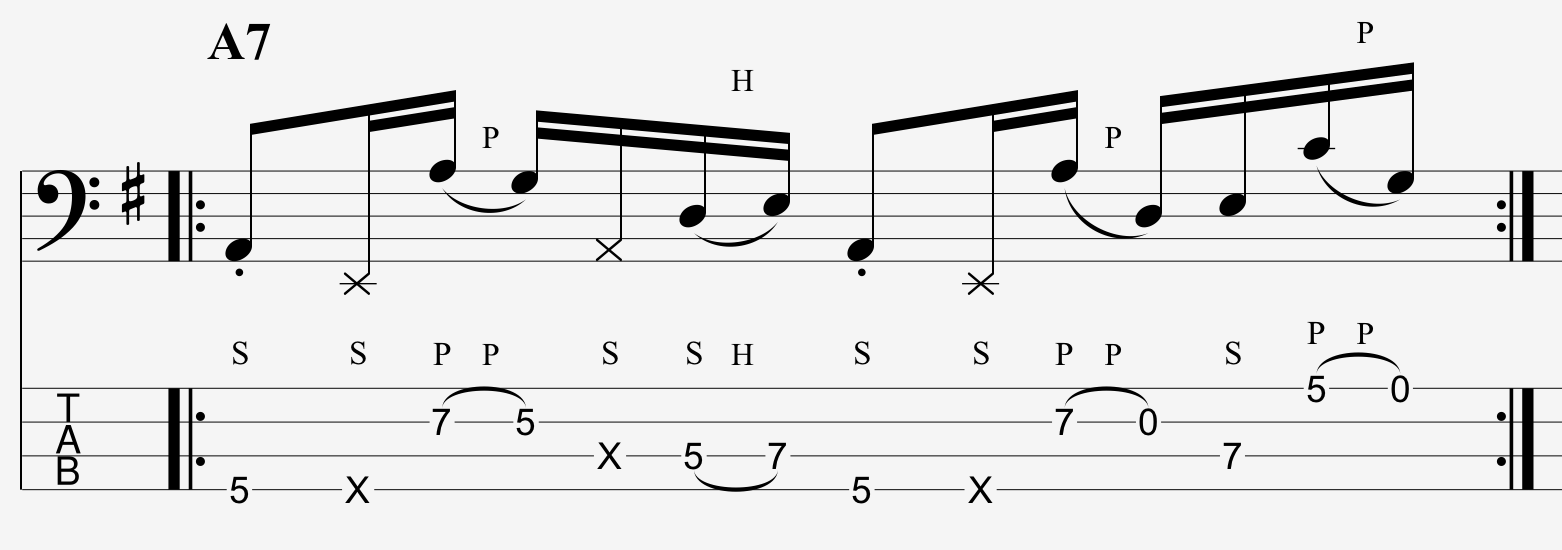
Now we've got the full Tweezer riff.
We've added three muted notes in between our pull offs, and the note E between our open string pull offs.
Maybe you find this riff way more difficult than the previous level, even though we just added a few notes.
I have a little system for making complicated, repeating riffs easier to learn.
This is called the Beat Splitter
First – just try to master the first beat and learn how to repeat it.
Then let's try the second beat. Since this pull off is crucial, we'll include that.
I particularly found the double thumb in beat 2 pretty challenging when I was trying to learn this. But take it slow and you'll get there.
Now lets try beat 1 and 2 repeating.
Now let's try the third beat beats by itself. Looks like beat 3 is exactly the same as beat 1.
Lets try just beat 4, and just like before, we're going to include the pull off that leads into it.
Once we get that down, let's take a look at beats 3 and 4 together – the second half of the bar.
Now let's just put all four beats together!
Dimension 4

If you listen to the early versions of Tweezer, let's say around 1990-94, Mike plays the Tweezer slap pretty consistently.
As time went on, he started throwing in some improvised variations that appear again and again in many versions.
Dimension 4 shows two of my favorite variations. The first bar sounds like this – I'll repeat it a few times.
Mike does a double thumb mute in beat 4 of bar 1, and that's the only difference between this and the full Tweezer riff.
But there's something about it I really like, especially when you play it along with a recording of Tweezer, it sounds really funky in the context of a full band, and I think it's because the first mute happens on beat 4, which is where the snare drum hits.
The second bar shows another variation of the riff that I hear mike do all the time, it sounds like this.
For beats 3 and 4, he walks up from the F#, to G, and then to A using octave slaps.
The A isn't shown because it would be the beginning of the next bar.
So to recap, we've got the full tweezer riff and two variations.
Dimension 5

For the this dimension, we've got the walk up to the IV chord.
If you remember from the Anatomy of a Jam episode, Tweezer is basically just a 32 bar blues in A.
We've got the I chord, A7, the IV Chord, D7, and then the V chord, E7.
This lick is an example of what Mike plays when they're approaching the IV chord.
So the very last note of this lick isn't pictured, but it's just a D note – you can play it on the 5th fret of the D string or as an open D.
For the first part of the lick, we have the regular Tweezer slap, you can play any of the variations we talked about.
And then for the last bar, this is when Mike walks up to the D.
This bar may look complicated, but there's simplicity behind it.
Let's play the notes without the muted slaps and we get a really classic bassline.
After each note, Mike essentially just adds an octave slap with both notes muted.
Dimension 6

Welcome to the 6th dimension of Tweezer, we are at the famous Tweezer tap.
He plays an open D string, hammers on from the 7th to 9th fret on the G string, does a full step bend and then taps on the 17th fret of the G string.
Mike doesn't always do a full step bend when he hits the 9th fret on the G string, which is the note E.
A lot of the times I have heard him do a half step bend, which will still sound good.
Dimension 7

Now we're building up to the most challenging part of Tweezer, and that's the riff that Gordon plays during the chorus, or what I call the chorus, the “it's gonna be cold cold cold” part that happens in the V chord, the E7 chord.
We start off with an octave slap, but instead of going up just one octave, we're going up two octaves.
The second bar may sound a bit weird and empty for now, but we're going to start filling it out as we progress.
Dimension 8

We're getting closer to the full chorus riff, here's what dimension 8 sounds like.
We've added a bunch of muted notes in bar 1 that really adds to the funkiness. Bar 1 sounds like.
In the second bar, we've also add a slide from the 5th fret to the 6th fret on the A string, as well as two open string pull offs on the D string.
Dimension 9

Welcome to the final dimension!
The full Tweezer chorus riff is a doozy but if you practiced the previous dimensions then it's going to be considerably easier to master.
We've added more muted notes both bars, as well as some low Gs at the end of bar 2.
Let's do what we did earlier and focus two beats at a time.
We can't split bar 2 neatly down the middle so let's look at it as a whole.
If you have any reuqests for future bass lessons, let me know in the comments.
Don't forget to like and subscribe if you enjoyed this video.
I hope you guys enjoyed this journey through the various rhythmic and stylistic dimensions of Tweezer on bass, I'll see you in the next video!
Want this PDF TAB sent to your inbox?
Enter your email address and I'll send you a FREE copy in less than 30 seconds

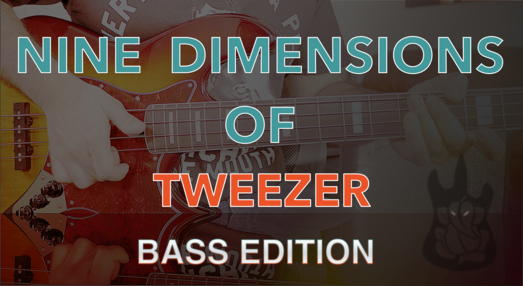
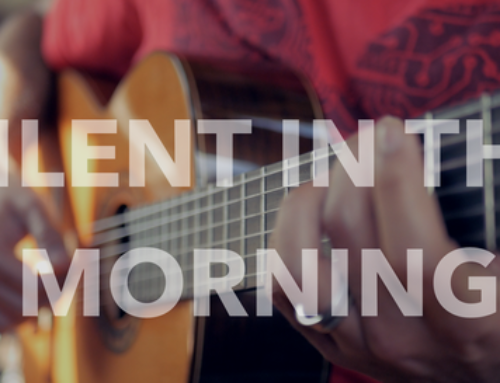
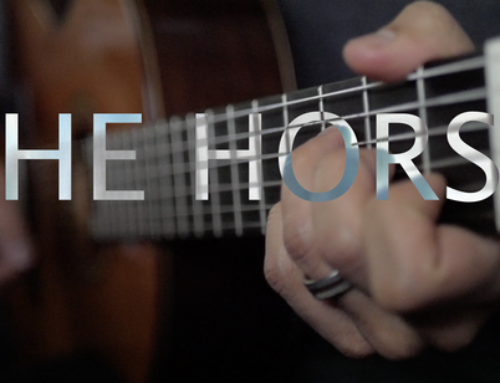

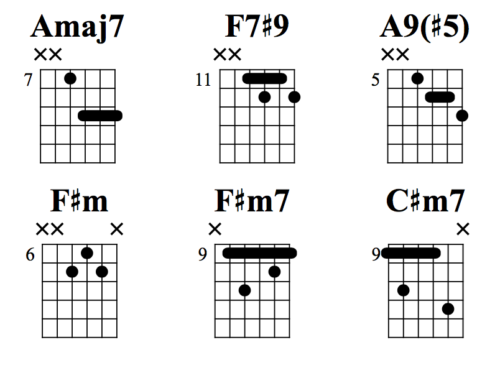

Leave A Comment